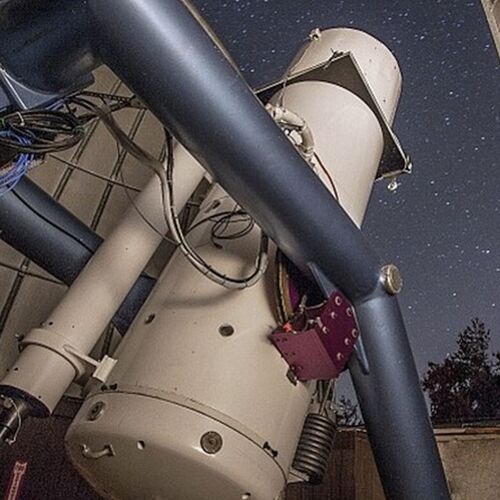
226E-238-Now Three
Episode · 0 Play
Episode · 2:01 · Mar 21, 2023
About
The Catalina Sky Survey now operates three telescopes, 24 nights per month, in the Catalina mountains north of Tucson, Arizona.The Catalina Sky Survey began with the University of Arizona's 30 inch Schmidt Telescope on Mt. Bigelow. This telescope became the world leader when it was used to discover 148 Earth approaching objects in 2005. It found the most Potentially Hazardous Asteroids for the next three years running. In 2006 the University of Arizona's 60 inch telescope on nearby Mt. Lemmon received a new camera and many upgrades. In spite of the fact that this telescope was old enough for senior citizen discounts it rapidly became the world's leader in the discovery of Earth approaching asteroids. These telescopes began to make so many discoveries that a telescope which could observe newly discovered objects long enough so that their orbits around the Sun could be nailed down became a necessity. To fill this need an old unused 40 inch telescope was overhauled and installed in a new dome next to the 60 inch telescope on Mt. Lemmon.The plan for the refurbished 40 inch was make it a robot with software designed specifically to track newly discovered Earth approaching asteroids. As might be expected such a software system is easier to think about that it is to implement. Alex Gibbs who is the Catalina Sky Survey's principal engineer took on this herculean task. The result is a followup telescope which really works well. This has relieved the 60 inch of followup duties which is allowing it to spend more time searching the skies for new objects.The Catalina Sky Survey now operates three telescopes, 24 nights per month, in the Catalina mountains north of Tucson, Arizona.
2m 1s · Mar 21, 2023
© 2023 Spreaker (OG)